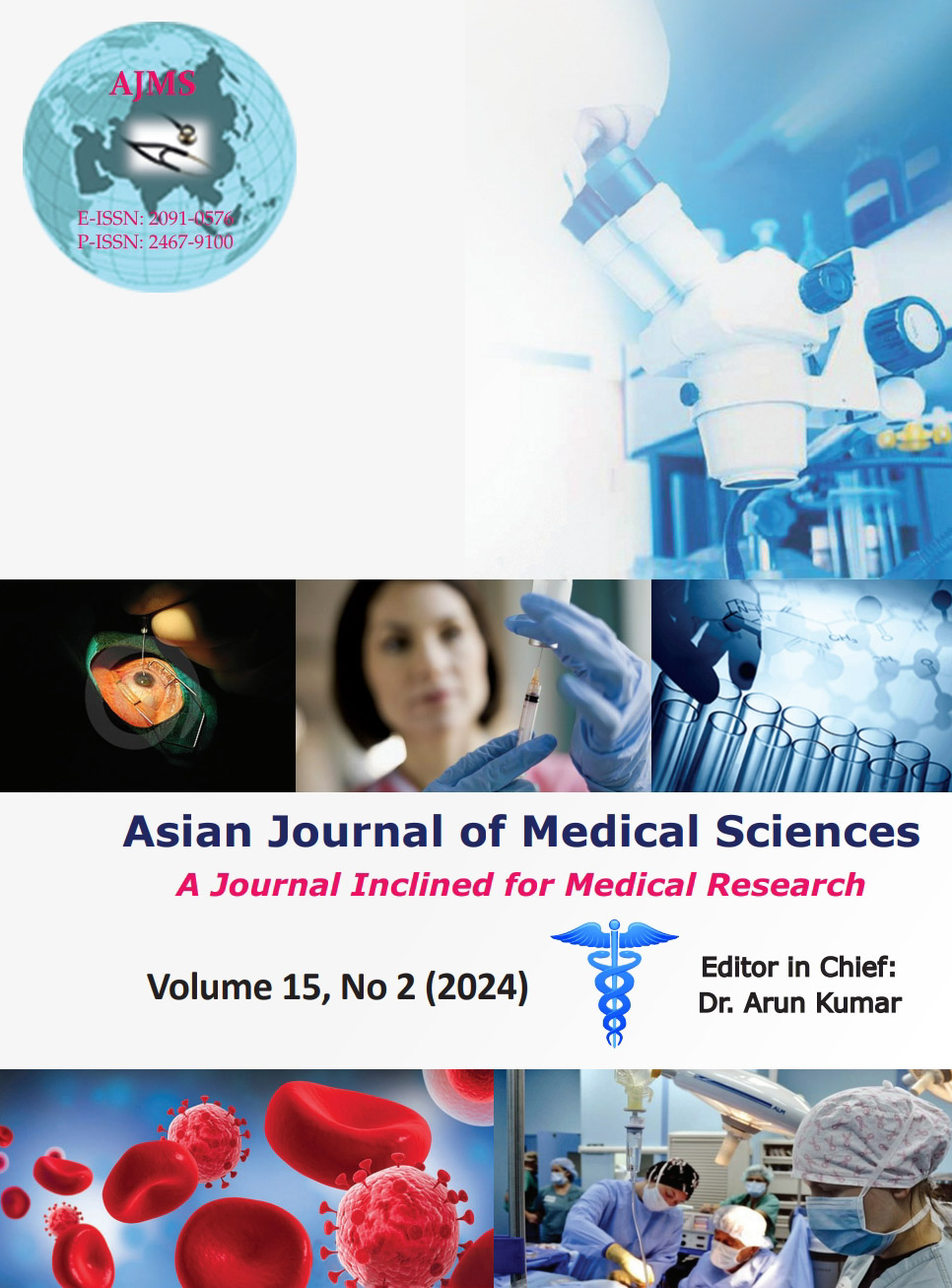Speciation of Candida species isolated from cutaneous skin lesions using CHROMagar and conventional methods
Keywords:
Non-albicans Candida; Germ tube test; CHROMagarAbstract
Background: Candida species are members of the normal flora of the skin, mucous membranes, and gastrointestinal tract. They are endogenous opportunists which cause secondary infection in individuals with some underlying immunocompromised conditions. Candidiasis is a common fungal disease found in humans affecting mucosa, skin, nails, and internal organs of the body. Candida albicans is generally considered the major pathogen among the Candida species. An increase in the prevalence of non-albicans species has been noted during the last decades.
Aims and Objectives:The study was done to evaluate the performance of the conventional identification method and commercially available chromogenic Candida speciation media (CHROMagar) for the identification of medically important yeast and yeast-like organisms in a routine clinical microbiology laboratory.
Materials and Methods: This study was conducted in the Department of Microbiology, Gandhi Medical College, Hamidia, and Associated Hospitals, Bhopal (M.P.), from January 2020 to October 2021. A total of 180 samples were collected from patients suspected of superficial mycoses which were then subjected to direct KOH examination and culture on plain Sabouraud’s dextrose agar (SDA), on SDA with antibiotics slants (cycloheximide and chloramphenicol). The growths were examined macroscopically as well as microscopically. Germ tube tests and inoculations on CHROMagar Candida medium were performed on all growths identified as yeasts and confirmed by morphology on CMA.
Results: In our study, the majority of patients, belonged to the age group of 21–30 years (25%) with a male-to-female ratio of 2:1. Candida tropicalis (44.68%) was the most common Candida species, followed by C. albicans (38.30%), Candida krusei (12.77%), and Candida glabrata (4.25%).
Conclusion: Along with C. albicans, non-albicans Candida spp such as C. tropicalis, C. krusei, and C. glabrata are increasingly being isolated from clinical specimens. Identification of Candida species by colony color on Hicrome correlated with the morphology on CMA. Thus, the incorporation of CMA in routine yeast identification is more judicious than Hicrome as it increases the accuracy in the identification of Candida species within the same time as that of Hicrome.
Downloads
Downloads
Published
How to Cite
Issue
Section
License
Copyright (c) 2023 Asian Journal of Medical Sciences

This work is licensed under a Creative Commons Attribution-NonCommercial 4.0 International License.
Authors who publish with this journal agree to the following terms:
- The journal holds copyright and publishes the work under a Creative Commons CC-BY-NC license that permits use, distribution and reprduction in any medium, provided the original work is properly cited and is not used for commercial purposes. The journal should be recognised as the original publisher of this work.
- Authors are able to enter into separate, additional contractual arrangements for the non-exclusive distribution of the journal's published version of the work (e.g., post it to an institutional repository or publish it in a book), with an acknowledgement of its initial publication in this journal.
- Authors are permitted and encouraged to post their work online (e.g., in institutional repositories or on their website) prior to and during the submission process, as it can lead to productive exchanges, as well as earlier and greater citation of published work (See The Effect of Open Access).




